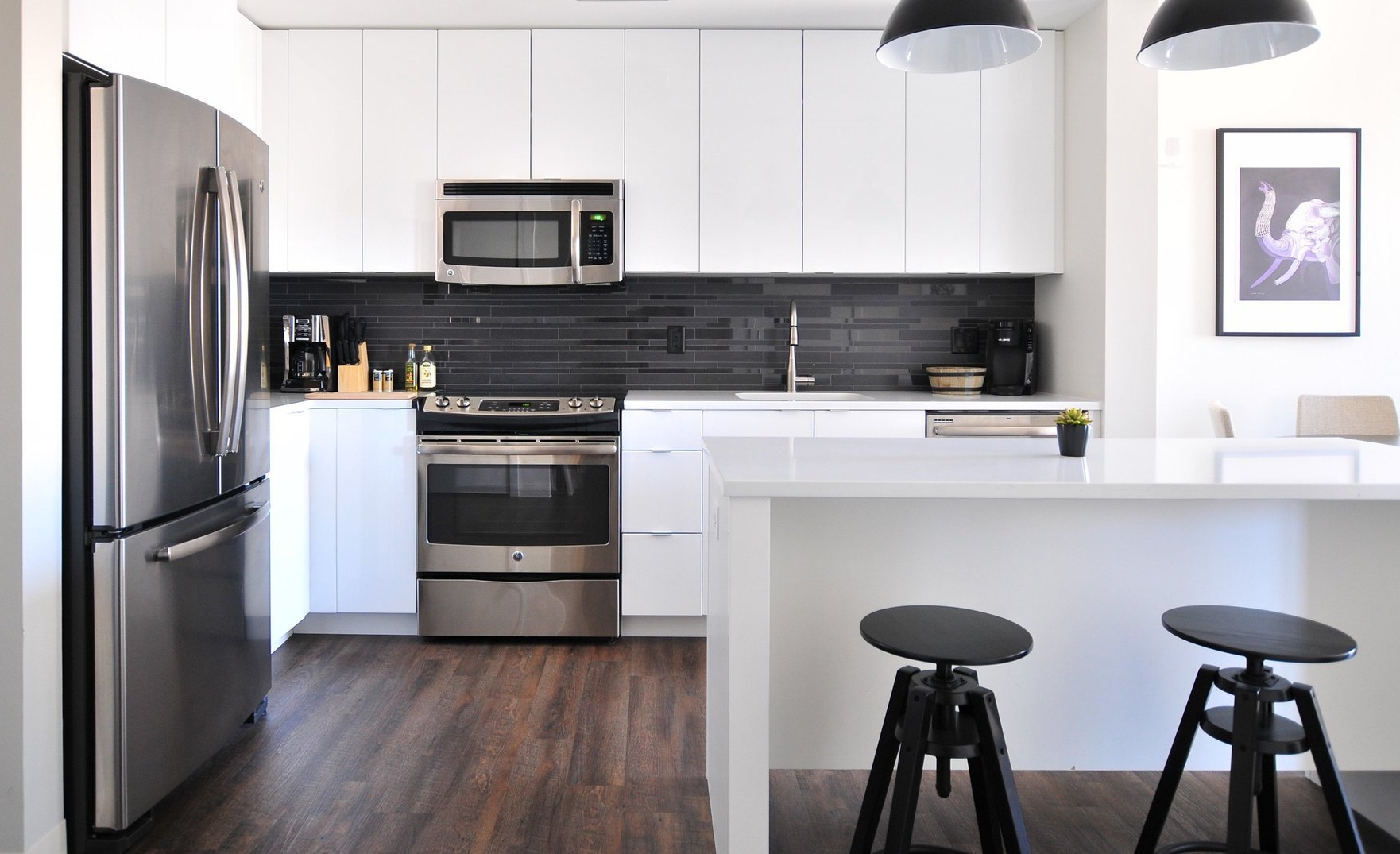Efficient and Reliable Inventory Specialists
Inventory & Check In
A detailed report created at the start of a tenancy, documenting the condition of the rental property and any furnishings or appliances included in the rental agreement. This inventory serves as a reference point for both tenants and landlords to ensure that the property is in good condition when the tenant moves in and to establish a baseline for any future disputes when the tenant moves out.
Here's a breakdown of what a check-in inventory typically includes:
Why Check In Inventories Matter
- The check-in inventory serves as a baseline for assessing whether the tenant has caused any damage beyond normal wear and tear. It helps ensure that any claims made against the tenant’s deposit are fair and justified.
- Having a check-in inventory provides both tenants and landlords with a clear, agreed-upon document that can be used in case of disputes over property condition at the end of the tenancy.
- It sets clear expectations at the start of the tenancy, ensuring that both parties understand the condition of the property and any responsibilities they may have.
In essence, a check-in inventory is a crucial step in protecting both the tenant’s and the landlord’s interests. It helps prevent misunderstandings, ensures fairness, and provides a documented reference point for the property’s condition throughout the tenancy.
Check out Inventory
An essential document created at the end of a tenancy to assess the condition of a rental property when tenants move out. It’s a detailed report that compares the state of the property against the initial check-in inventory (created at the start of the tenancy), highlighting any changes, damages, or areas that require cleaning or maintenance.
Here's a breakdown of what a check-out inventory typically includes:
Why Check Out Inventories Matter
- The check-out inventory helps determine whether any portion of the tenant’s deposit should be withheld for repairs, cleaning, or damages beyond normal wear and tear.
- It provides an unbiased, objective record that can be used to resolve any disagreements between tenants and landlords or agents.
- Having a professional check-out inventory ensures compliance with tenancy laws and helps avoid costly mistakes that could lead to disputes.
In essence, a check-out inventory helps protect both parties involved in the tenancy, ensuring that the property is returned in good condition and that deposits are fairly managed.


